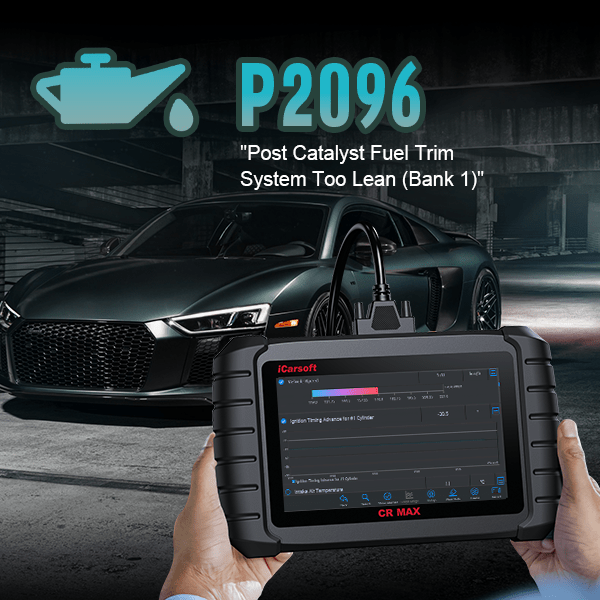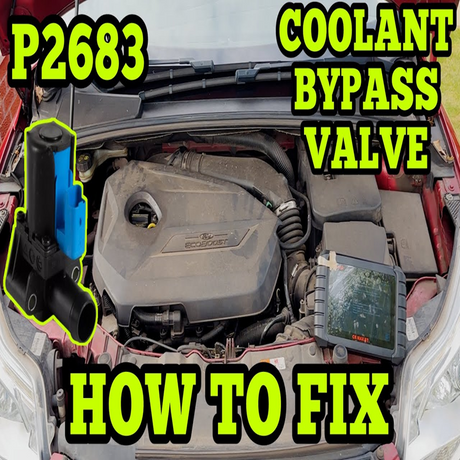P2097 Code: Post Catalyst Fuel Trim System Too Rich Bank 1
1. What Does P2097 Mean?
The P2097 code means the Engine Control Module detects a rich fuel mixture after the catalytic converter on Bank 1. This is measured by the downstream oxygen sensor. It is closely related to P2096 (Bank 2).
2. Common Causes
- Faulty downstream oxygen sensor
- Leaking fuel injectors
- Clogged catalytic converter
- Dirty air filter or intake leak
- ECM software issue
3. Symptoms
- Check Engine Light on
- Poor fuel economy
- Rough idle or hesitation
- Strong fuel smell in exhaust
- Failed emissions test

4. Diagnosis Steps
- Read codes with an OBD-II scanner
- Check related codes (like P2096)
- Review downstream oxygen sensor data
- Inspect fuel injectors
- Check catalytic converter condition
5. Fixing P2097
- Replace faulty downstream O2 sensor
- Repair or replace leaking injectors
- Replace catalytic converter if clogged
- Fix intake leaks and replace dirty filters
- Update ECM software if needed
6. Prevention
- Use quality fuel and maintain injectors
- Replace air filters regularly
- Inspect exhaust system during servicing
- Run periodic diagnostic scans
7. Real-World Examples
Case 1: A Chevy Silverado owner had P2097 and P2096 together. Replacing a clogged catalytic converter solved both codes.
Case 2: A Jeep Grand Cherokee showed rich fuel trim on Bank 1 due to a leaking injector. After replacement, fuel economy improved by 15%.
8. FAQs
Q1: Can I drive with code P2097?
Driving short distances may be possible, but prolonged use risks catalytic converter damage.
Q2: Does P2097 mean my O2 sensor is always bad?
Not always. It can also be injectors, air intake, or catalytic converter issues.
Q3: How much does it cost to fix?
Oxygen sensors cost $100–$300, while catalytic converter replacement can exceed $1,000.
Q4: Will clearing the code fix it?
Clearing without repair only temporarily hides the issue. It will likely return.
9. Conclusion
P2097 indicates a post-catalyst rich condition on Bank 1. Common causes include oxygen sensor issues, fuel injector leaks, or a failing catalytic converter. Prevention and timely repairs help maintain performance and emissions compliance. For related issues, see our detailed guide on P2096.
Explore More Guides












